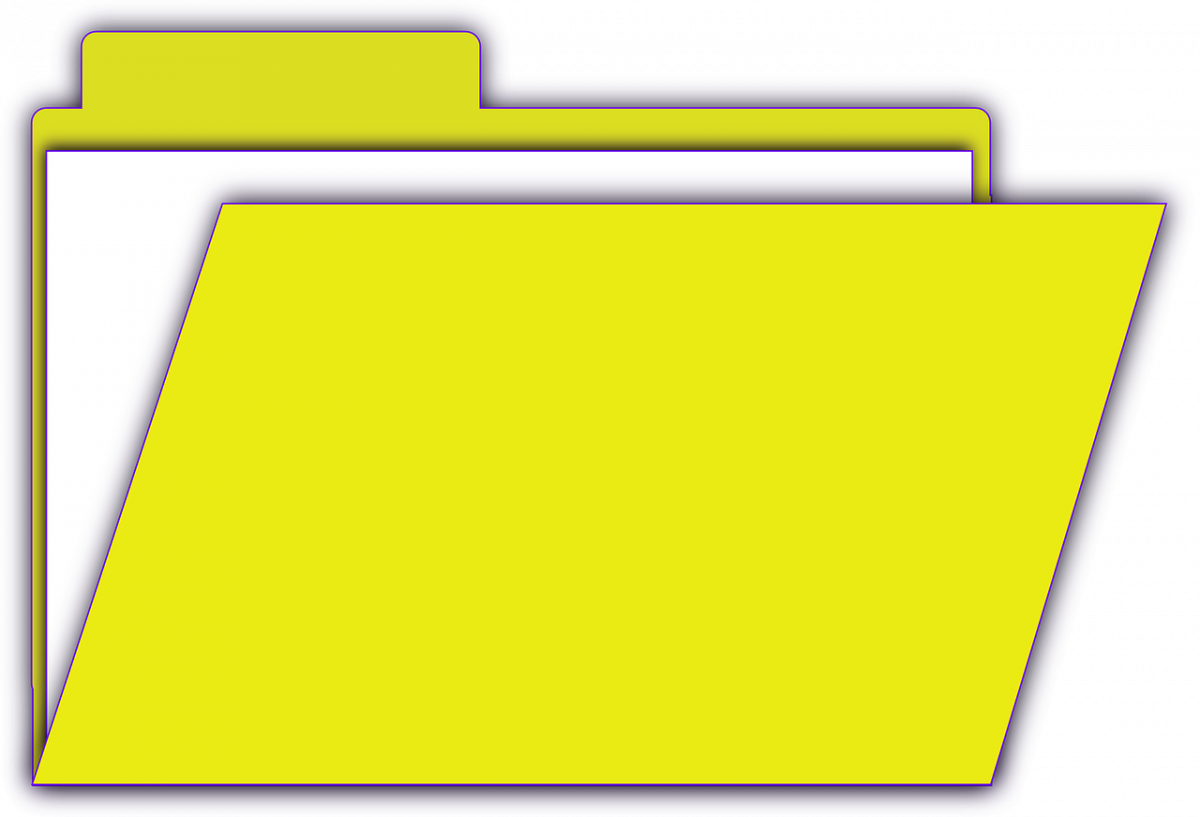
PDF (Portable Document Format) is a file format that has captured all the elements of a printed document as an electronic image that can be viewed, browsed, printed, or forwarded to someone else. PDF files are created using Adobe Acrobat, Acrobat Capture, or similar products.
To view and use the files, you need the free Acrobat Reader, which you can easily download. Once you've downloaded the Reader, it will start automatically when you want to view a PDF file.
PDF files are especially useful for documents such as magazine articles, product brochures or flyers where you want to preserve the original graphic look online. A PDF file contains one or more page images, each of which can be enlarged or reduced. You can go up and down the page.
PDF files: how is their compression
Acrobat's product that allows you to create PDF files sells in the not-too-outrageous price range. A non-Adobe alternative is a product called Niknak from 5D, a company in the UK. (The reader itself is free and can be used as a plug-in with your web browser or it can be started by itself). Some situations in which PDF files are desirable include:
Graphic design development in which team members work remotely and therefore need to explore design ideas online
Helpdesk people who need to see the printed book that users are looking at
Online distribution of any printed document in which you want to preserve its printed appearance
Acrobat PDF files are more than document images. Files can embed typeface fonts to make them available anywhere you are viewing. They can also include interactive elements such as buttons for entering forms and for activating sound and Quicktime or AVI movies. PDF files are optimized for the web by displaying text before graphic images and hypertext links.
Users often wonder how to reduce the size of a PDF file to ensure that it is accepted by a court's case management system and thus successfully archived electronically.
There are a whole range of rules about file size, depending on the management system that is used to manage the files you receive. It is important to check the local rules in your court in advance.
In general, however, there is very little reason for PDFs to be hundreds of megabytes in size, unless they contain evidence that must be saved as very high-resolution photos. By following a few simple steps, even large files that are hundreds of pages should not exceed 10MB.
How to determine the size of your PDF document

If you use Adobe Acrobat, checking the size of your PDF is easy. Just click File, then Properties. You will see a lot of information about your document, including its size.
Alternatively, you can navigate to the folder that contains the document, right-click it, and click properties.
Larger files will take longer to load, are difficult to share electronically (for example, via email), and will consume your law firm's file storage more quickly. Also, although the courts accept larger file sizes, they prefer to handle smaller, more optimized files.
So how should you go about reducing the size of your PDF documents? Here are five quick tips.
Avoid scanning PDFs whenever possible
It is a common misconception that to create PDFs, or to combine several documents and exposures into one PDF, you have to print everything and scan it together. Electronically converted files are generally much smaller in size than scanned files.
Only documents that exist only on paper need to be scanned; all other documents can be converted electronically from the original file by saving them as PDF. Furthermore, individual documents can be quickly combined as PDFs using software such as Adobe Acrobat, avoiding the need to print the documents to combine them.
Save as "Small PDF"
If your file is still very large after it has been created electronically, instead of scanning it, there are still a few steps you can take. The simplest is to re-save your file as a reduced-size PDF.
In the latest version of Adobe Acrobat, open the PDF you want to re-save as a smaller file, choose File, Save As Other, and then Small PDF. You will be asked to select the version compatibility you need and then you can click OK to save. We recommend that you configure its compatibility with at least Acrobat X, as that version is still widely used.
Use the Adobe Acrobat PDF Optimizer
Sometimes you want to have more control over which elements in your document are downgraded or removed. In these circumstances, you should choose the PDF optimization tool.
Before optimizing a file, it's a good idea to audit the file's space usage: check which elements, like fonts, images, etc., are using the most data. The results of this can give you ideas on where it is best to reduce the file size.
To start optimization, open your PDF in Acrobat, click File, Save As Other, and then click Optimized PDF. In the dialog that appears, click Audit Space Usage in the upper right corner.
Reduce size when saving in Word
In Word, to convert a document to PDF, you use the Save As option. This option generally produces a fairly small file, depending on the number of images in the document. However, if you find that your PDF converted to Word is still too large, there is another option in Word that will produce a significantly smaller file. Here's how to use it:
Open the Word document to be converted to PDF. Click the File button and then Save As. In the Save As type menu, select PDF and enter your preferred file name. Here's the extra step: where it says Optimize for at the bottom of the dialog, select Minimum size (online posting).
Use a PDF printing tool
Other PDF tools (not from Adobe) generally contain features that will reduce the size of your PDF. However, if you are looking for a free option, there are a few available. Currently the most downloaded free PDF creator (according to download.com) is PrimoPDF.
Once you have installed PrimoPDF, simply open the PDF you want to compress (in Acrobat Reader, or a web browser, for example), press Ctrl + P to open the print dialog, select PrimoPDF from the list of available printers, and then click Create PDF.
Note that this method, like simply saving as a reduced-size PDF in Adobe Acrobat, reduces the quality and resolution of the image.
When it comes to saving space on your Mac computer, there are many things you can do: empty the trash, remove application installers, get rid of duplicate files, and much more.
You can also reduce the file size of PDF documents to make them more compact and take up less space on your Mac.
However, it is important to note that doing so may also lower the quality of the original PDF.
If you need a high-quality PDF for a presentation or work assignment, you may want to use another method to save space, such as saving it to a cloud-based backup system or external hard drive.
DF compression can help reduce the costs of sharing, storing, and transferring files to the cloud. It speeds up the process of uploading, downloading, printing or attaching a PDF, since the smaller the size, the faster it is distributed.
So what is the best way to take advantage of all the benefits that PDF compression has to offer? Angela O'Donnell explains it by answering our questions below.
Can you explain briefly what is PDF compression?

PDF compression reorganizes the data in a PDF file, storing it more efficiently so that it can be reduced in size without losing important details in the process. Rearranging the data could mean that images are resized and / or reformatted to reduce file size.
What if my files that need compression are not PDF? Automation comes in handy in this case, as manually converting hundreds, thousands, or even millions of documents to PDF is a daunting task.
Administrators can direct an automatic conversion service to a document repository, such as major document management systems (DMS), Dropbox, SharePoint, or even a single folder on a Windows network, and silently convert documents to PDF in the background .
How does automation work in the compression process?
Rather than applying compression to files manually one by one, an automated compression service can process a large volume of files in your repository continuously. This way, all compression work is done silently in the background without the need for users to get involved after initial setup.
This type of automated compression is a powerful service, covering all documents, regardless of how they ended up in your document repository.
Curious to see what automated compression looks like? This handy infographic provides an overview of how it works in conjunction with an automated OCR processing service.
Reduction of PDF files to optimal sizes, giving you four different size options.
The organization of PDFs by bates numbering, indexing, watermark, etc. it is possible when using PDFelement Pro.
The batch processing option makes life easier when multiple PDFs need to be compressed, edited, organized and shared simultaneously.
Scanned PDFs can be converted to editable formats using OCR technology.
From filling PDF forms, extracting data to securing your files, everything is possible with the help of iSky soft PDFelement Pro for Windows.
Method 2. Make PDF smaller using Microsoft Word
MS Office is known to be the best PC suite for Windows for a long time, but what most of us don't know is that with the release of MS Office 2013, we can even create and edit PDF files without any hassle. This is a big leap from Microsoft and is helpful for users who want to compress their PDF files to optimal sizes for various purposes like sharing, storing, etc.
Step 1. When using MS Word 2013, all you have to do is save your Word file as PDF. In the "Save As" window ("File"> "Save As"), select PDF from the drop-down list containing the output formats and also choose "Minimum size" from the options below. This is a new feature and saves a Word document as a PDF file in the most optimal size.
Troubleshooting
One of the biggest annoyances of dealing with a PDF file is the large file size. There's nothing worse than an email stuck in your outbox from a large PDF file, unless of course it's a slow PDF download from the web.
How can you reduce the size of your PDF document? Although this depends a lot from one PDF to another and the type of content it contains, there are some general PDF creation options in particular that you should pay close attention to. A few tweaks here and there will go a long way toward reducing the megabytes of your file.
Use the "Save As" command.
This is a good place to start to reduce swelling. Every time you hit "Save" in an application, you end up with a generally larger file size. This is because the function saves the changes and adds them to the file. The same goes for PDF files.
Instead, use the "Save As" command. By doing this, you overwrite the entire file, removing unused objects and accumulated changes. The result is a smaller PDF file that you can handle. So choose the "Save As" option once you have added everything you need to your PDF.
Compress and reduce the size of PDF images
Given the visual nature of digital content today, images are a large part of PDF files. However, if your PDF is not intended for high-resolution needs, you can keep your file under control by reducing the size and compressing your images. By downsampling bitmap images, you basically reduce the number of pixels, which lowers the overall resolution and therefore the size of the PDF.
Choose the right color space
You may have heard of RGB and CMYK color spaces before. Each of them has different methods of handling color. In general, CMYK is ideal for printing, while RGB is ideal for on-screen display.
If your PDF is to be viewed primarily on the web or on a computer screen, choose the RGB color space for your PDF images. In some PDF creators, you can choose to convert CMYK images to RGB if necessary. It requires less data than CMYK. And less data channel means smaller file size.
Subconfigure your fonts
By embedding the fonts, you are basically enclosing the entire character set within the PDF, which can bloat the file significantly. Try subsetting the sources instead. It will keep the size of the PDF to a minimum.
When a font is subset, only the font characters that are used in the PDF are appended. If a special character such as "#" is not used in the file, the character will not be included. In most cases, you can choose to automatically subset fonts if character usage is less than a certain amount. Take advantage of this feature if you have it. Your PDF fonts are just as important as your images.
Eliminate unnecessary frills
Depending on who and what your PDF content is intended for, you can reduce bloat considerably. Applications that create PDFs for specific needs, such as Adobe Photoshop, will allow you to save PDFs with advanced settings such as Preserve Photoshop's editing capabilities.
But if your PDFs are not exclusively opened in Photoshop for editing, then there is no need to prepare the file for it. So before saving a PDF with all the bells and whistles, get a good idea of how your PDF will be used and you can easily reduce the size accordingly.
PDFs are supposed to be of high quality, but it doesn't necessarily mean that they have to be reflected in the file size. You can get a manageable PDF file with just a few adjustments. And as a bonus, you can make most of these adjustments with Sonic PDF Creator. You just have to go to View> Creation options ... and you can access them through the dialog.